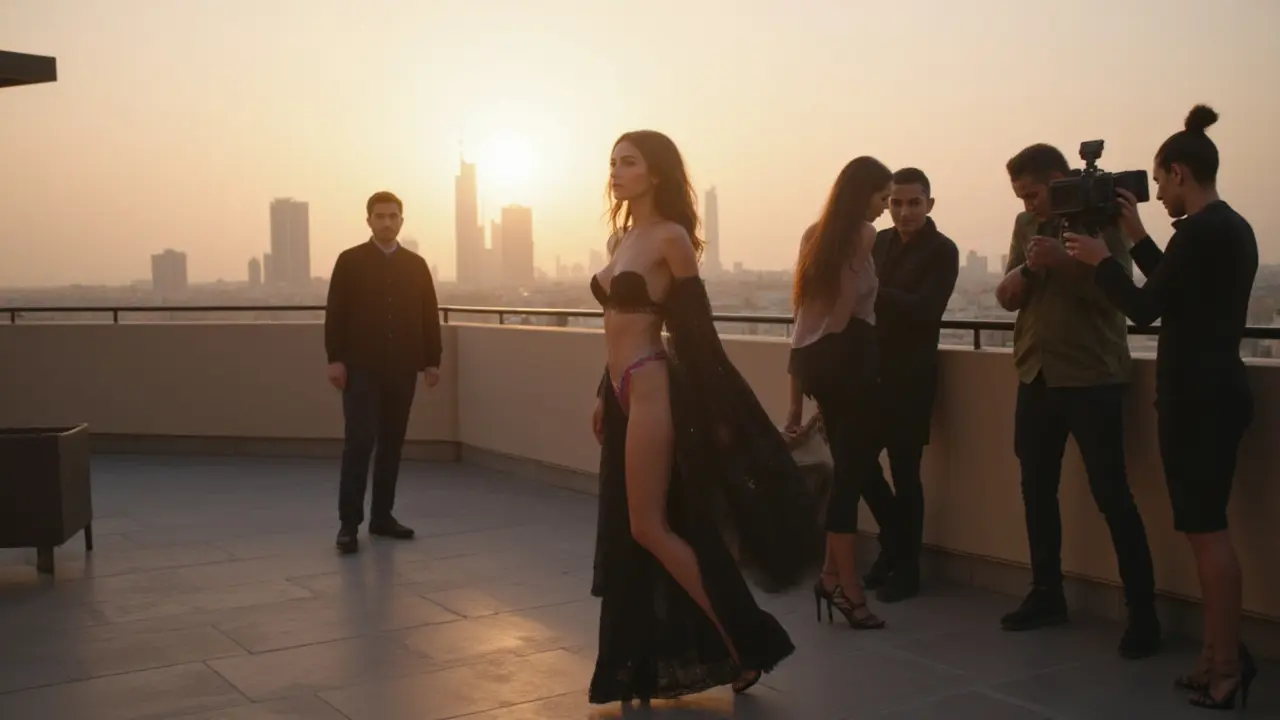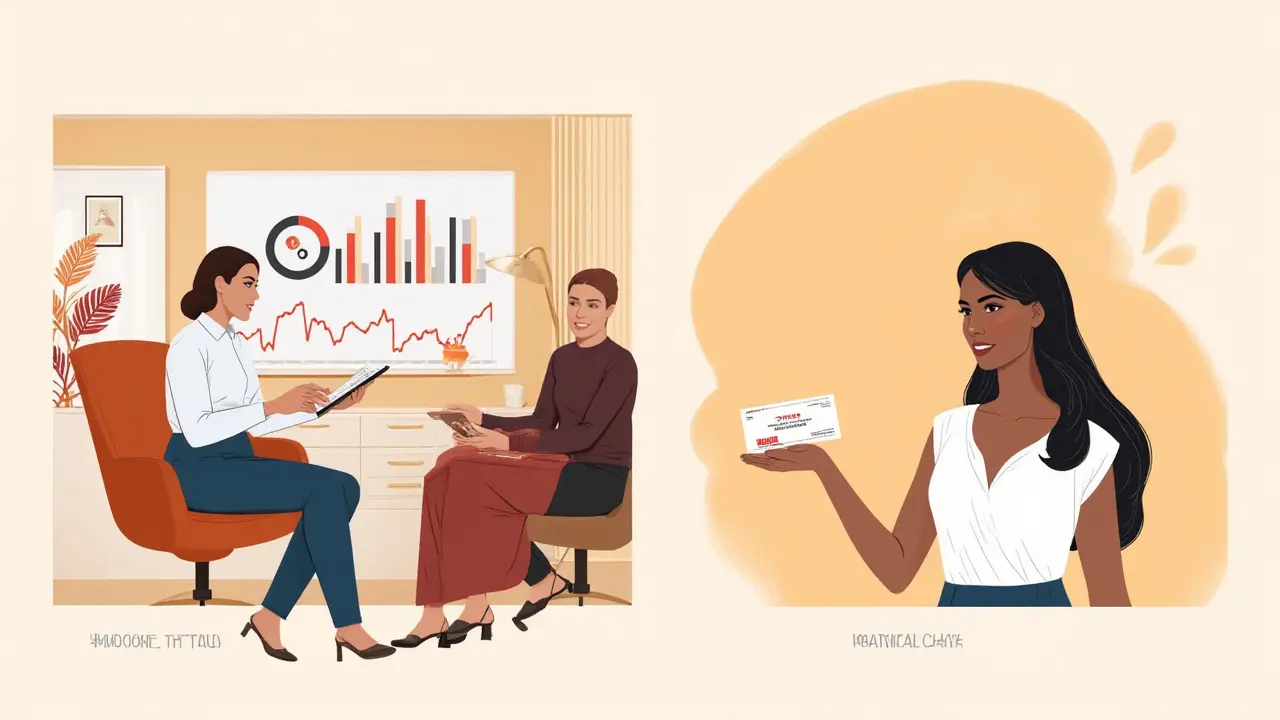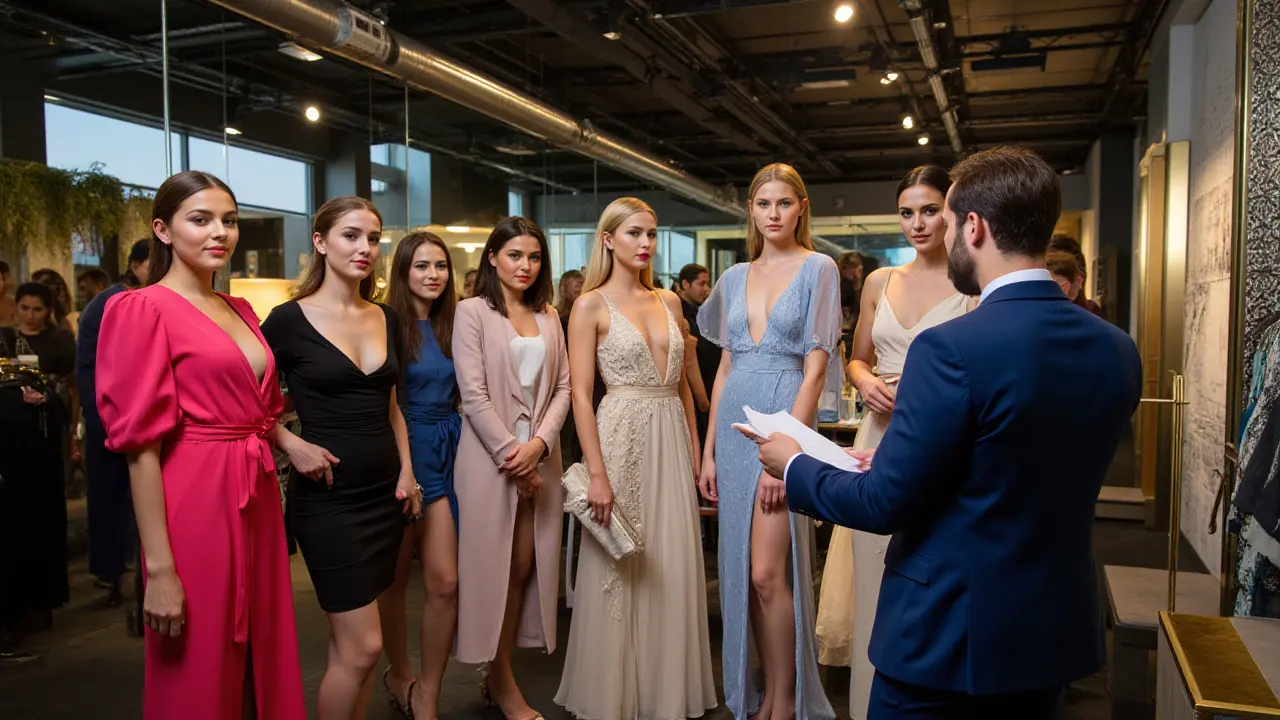Direct Answer and Key Points About Models’ Photoshoot Pay
Curious about how much models make every time those flashbulbs go off? The answer depends on a wild mix of factors – experience, location, type of shoot, and, honestly, even the client’s budget. If you’re after quick math, here you go: beginner models in 2025 are charging anywhere from $100 to $300 per hour for standard fashion shoots. Want a day rate? Those usually start around $800 and can rocket up to $5,000 per day if you’re working with top brands or agencies. High fashion might stretch higher, especially for recognizable faces. Commercial gigs and advertising shoots typically pay more than catalog work or e-commerce.
Some key takeaways? Established fashion models regularly pull in $2,000 or more per shoot. Lesser-known models often get hired for $500–$1,500, especially when working outside major fashion hubs. Editorial work (like shooting for Vogue or another magazine) might pay less, weirdly enough – sometimes $150 to $500 – but brings big reputation boosts. And for social media campaigns or influencer collabs, rates swing wildly based on your follower count – we’re talking $200 per post for micro-influencers, all the way up to $30,000 for superstars.
If you’re new to modeling, don’t stress about not landing four-figure gigs straight away. Most models work their way up, building their portfolios with smaller jobs. Everyone has to start somewhere, right? Agencies sometimes even take a cut, usually 20%, so keep that in mind when you negotiate.

What Determines How Much Models Get Paid for a Photoshoot?
This world isn’t exactly one-size-fits-all. Paychecks in modeling bounce up and down for a reason. Agencies, location, client budgets, shoot types, usage rights, and even how much competition there is – every detail shapes the end number in your bank account. Let’s break it down a bit:
- Experience and Reputation: Experienced models, especially those with recognizable faces or a strong social media presence, can negotiate much higher rates. Modeling veterans or winners of modeling shows can charge premium fees just for showing up. Agencies often push talent hard to build their profiles through high-visibility shoots before commanding more money.
- Shoot Type: High fashion, commercial, e-commerce, fitness, swimwear, and even promotional modeling all pay differently. A Nike ad pays differently from a local swimwear e-commerce shoot, no surprise there. Editorial (magazine) tends to pay less but gives prestige and exposure, while advertising and commercial work bring in bigger checks.
- Location, Location, Location: Shooting in Dubai, New York, or Paris? These places are magnets for big clients with chunky budgets. Smaller cities or local brands? Expect more modest rates. In cities like Los Angeles or Milan, competition’s fierce, but budgets are larger, so rates climb too. Even within the same country, your pay can double if the gig’s in a trendy area or luxury market.
- Duration and Time Commitment: Hourly rates hang around for quick catalog shoots, but longer campaigns (especially multi-day or full-week jobs) often mean a flat day or week rate. “Half-day” shoots (up to four hours) commonly pay half to two-thirds a full day’s rate. If you’re asked to show up at 5 am or stay until midnight, negotiate overtime – it’s industry-standard to add extra per hour past a certain point.
- Rights and Usage: This part often decides whether the rate’s good. Is the brand using your image for two weeks online, or are you the face of their global ad campaign for two years? The longer and wider your image is used (think billboards, magazines, TV ads), the higher your fee should be – these are called “usage rights” or “buyouts.” Most agencies negotiate separate fees for image licensing, so read your contract carefully!
- Agency Fees: Most agencies take 15-25%, and you’ll see this deducted from your check. In some cases, both client and model pay the agency, meaning if a gig pays $1,000, you might get $800 or even less after their cut.
- Special Skills or Niche Modeling: Got unique tattoos, can pose underwater, or have mad skills for athletic shots? Special requests mean extra pay. Fitness, body-part, or plus-size modeling are in demand, often commanding higher rates for unique expertise.
Some models earn bonuses or perks like free products, travel, or wardrobe pieces. Sometimes, especially in high-end or influencer-style gigs, brands provide hefty “swag bags” or comped travel instead of, or in addition to, your session fee. Just remember, exposure doesn’t pay the rent – always aim for fair compensation!

Tips, Examples, and How to Land Better Paying Photoshoots
So now you’re eyeing those bigger paydays. It’s not just luck – it’s strategy. First, build a killer portfolio. If you’re just starting, work with local photographers to get professional (not phone-cam) photos. Get a variety of looks: commercial, fashion, fitness, and beauty shots. The more versatile, the better. Don’t be afraid to reach out to photographers looking for “TFP” (trade for portfolio) shoots to beef up your book before the big clients come calling.
Another tip: research the market. Sites like Models.com and Model Mayhem share expected rates by city and gig type – so you know if a client’s trying to lowball you. In 2025, AI-generated modeling contracts are becoming common, and some agencies use software to track rates and usage. If the contract mentions “AI modeling rights” or image replication, always ask how your image will be used and for how long. This can impact your future earning potential. Protect your rights and never sign anything you don’t fully understand.
Network everywhere. Model castings, fashion shows, and even Instagram DMs are fair game. Brands scout talent straight from social media all the time, offering direct deals – just make sure you’re not falling for scams. No legit brand asks for upfront fees or personal banking details, so walk away if you spot any red flags.
Stand out by having a niche. Example – Kiki, a Dubai-based curve model, found her bookings doubled once she started specializing in swimwear for local designers. She made great money in one shoot for a beachwear campaign ($2,100 for the day), compared to her usual $700 for e-commerce clothing. Landing high-paying jobs often comes from repeat work – doing a great job, arriving prepared, and maintaining strong client relationships keeps clients coming back.
Never underestimate the power of negotiation. Even if the client gives you a “standard rate,” there’s always room to discuss usage, travel, overtime, or wardrobe reimbursements. Don’t agree too quickly. Ask if they can cover transport or meals, or if the shoot runs late, request overtime rates.
If you’re wondering about salary vs. per shoot: top models sometimes work on contracts, earning steady monthly income ($3,000 to $15,000 per month) for ongoing campaigns. Others stick to freelance gigs, which pays more per shoot but can mean dry spells between jobs. Agencies often help newbies with consistent bookings in exchange for a percentage cut. If you go solo, set clear payment terms and use contracts to avoid late payments.
Stay organized. Track who you worked with, for how much, and if your images are still in use. This simple system keeps you protected and helps you negotiate fair “buyout” deals for long-term image usage.
Long story short – modeling pay isn’t just about good looks, it’s about being business-savvy. With the right research, a professional attitude, and a portfolio that pops, you’ll start commanding higher photoshoot rates sooner than you think. Ready to step up and earn what you’re worth?
